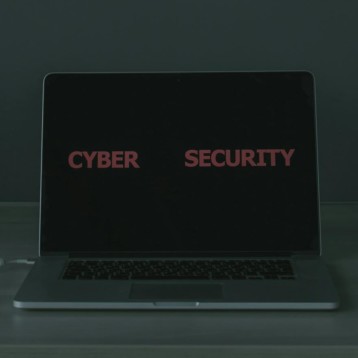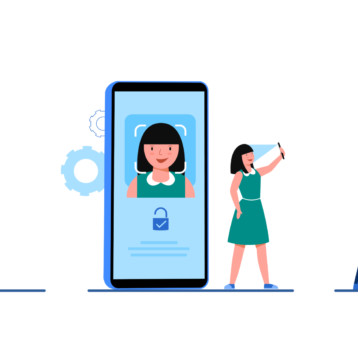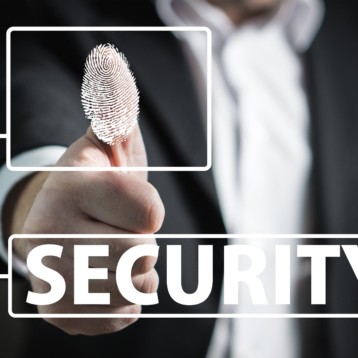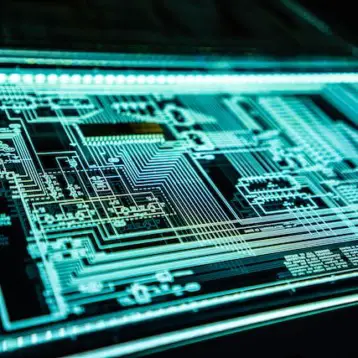
The world of technology can feel a bit like the Wild West. It’s advancing quickly, and there are new cyberthreats emerging all the time. To find out how to prepare for the future, we turned to ESET. Their experts deal with the effects of cybercrime every day. Here, they give us a glimpse into the future of cybersecurity, and explain how we can be proactive and protect ourselves.
4 types of cybercrime we’ll face in the future
To figure out how we’re going to tackle cybercrime in the future, we need to look at the cyber attack trends we’re dealing with today.
These are the main technologies that are posing possibilities as well as threats.
- The expansion of IoT
In a nutshell, the Internet of Things (IoT) is the network of physical objects that are fitted out with sensors and software so they can send and receive data to other devices on the internet. Think of wireless communication devices, such as smart home security systems and fitness trackers like the Apple Watch.
The IoT isn’t new, but chatter about IoT security is gaining momentum as 5G starts to roll out around the world. It will attach tens of billions of devices to the IoT and allow them to “talk” to each other, but the flipside is that it will give cybercriminals more opportunities to launch attacks. The problem? If they’re successful, they’ll be able to hack into multiple devices at the same time, so we need to think about how to secure connected devices.
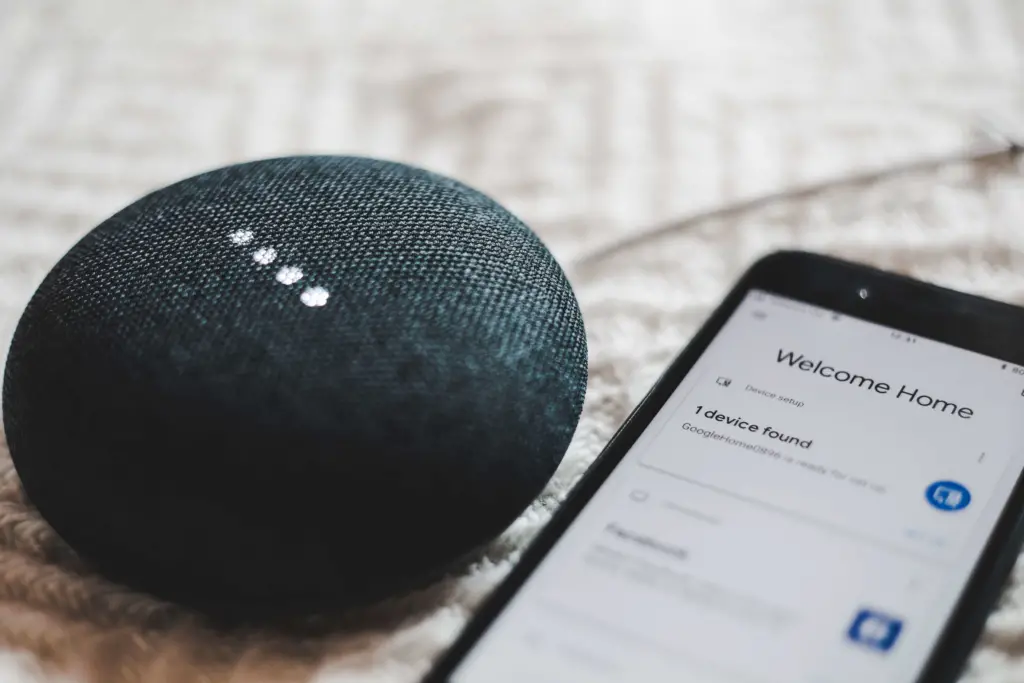
- The worldwide rollout of 5G
As we just mentioned, 5G is slowly but surely rolling out across the world. As the fifth generation of mobile networks and technologies, it speeds up communication significantly — in fact, it can transmit data three times faster than 4G! Lighting-fast speeds aside, it also has the ability to connect more people and devices with the help of the IoT.
In your everyday life, this means you could download a full-length movie in a couple of seconds, and “go live” in other countries without lagging. Of course, this also means cybercriminals could hack into and infect systems with malware faster as well.
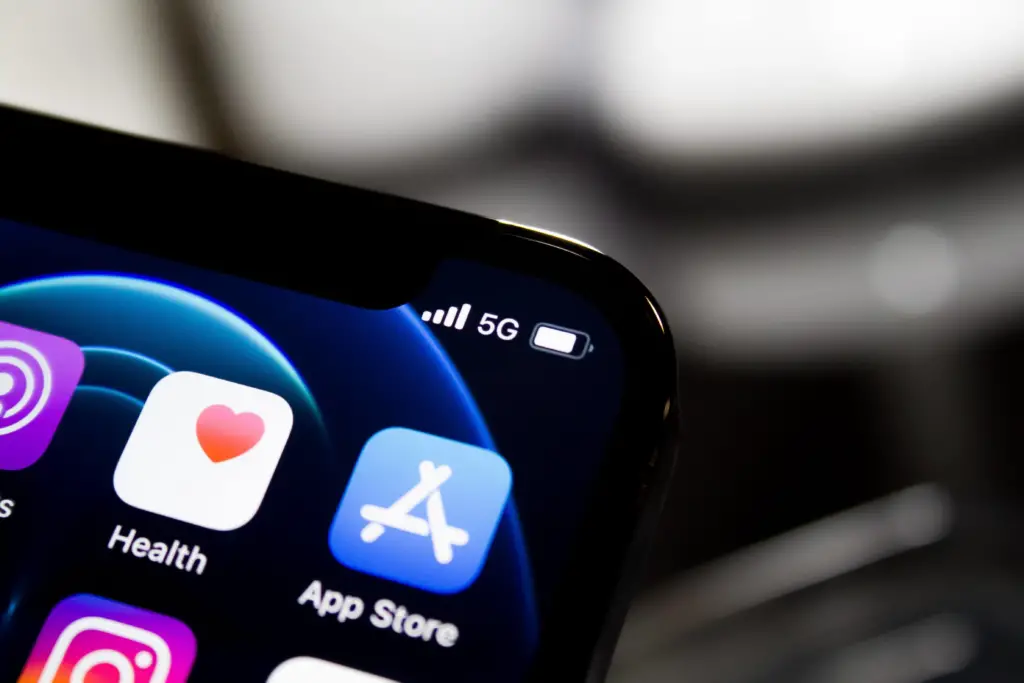
- The growing popularity of AI and ML
Chances are, you’re familiar with artificial intelligence (AI) and machine learning (ML). They’re the power behind algorithms as well as devices like Amazon’s Alexa, and they can help us to save time and get to the content or products we really want.
As AI and ML continue to grow and take over more systems and processes, people and businesses will need to pay close attention to their cybersecurity. While artificial intelligence can make our lives easier, it can also make it easier for cybercriminals to hack into networks without worrying about human intervention.
- The shift towards remote work
During 2020, many companies pivoted to a fully remote model, or some sort of hybrid solution where employees weren’t always in the office. While restrictions are easing around the world, there are plenty of companies who have said their workers can telecommute for the foreseeable future, and employees who have no interest in going back to the office.
This shift to WFH opened the door to many cyberthreats, and we saw an uptick in cyber crimes last year, such as phishing scams, identity theft and ransomware attacks. There were a few reasons for this. Cities locked down so quickly, and some companies didn’t have time to train their staff on cybersecurity best practices or secure their devices for at-home use. And without having their company’s IT department to rely on, many employees had to think about cybersecurity on their own for the first time while juggling the other stresses of the pandemic. This meant that things like setting up a VPN, installing antivirus software and configuring firewalls fell by the wayside.

How to protect yourself — and your data
With these diverse cyberthreats on the horizon, there’s no better time than the present to lock down your devices, secure your networks, and make sure you’re staying on top of cybersecurity trends.
The good news? This involves following a few basic practices, which is simpler than you may think.
On data:
- Encrypt your data. Most computers, laptops and mobile devices have operating systems that fully encrypt stored data and protect it from unauthorised access. This goes a long way in preventing data breaches and the devastating effects of losing data.
- Back up everything, and do it twice! Set up two encrypted backups: one on an external hard drive or flash drive, and another on the cloud. That way, you’ll be able to recover lost or corrupted data if you fall victim to a cyberattack.
On your home internet:
- Update your security settings on your home WiFi. Go to your network settings and choose WiFi-Protected Access 2 for your network (also known as WPA2). Then, choose AES for your algorithm.
- Give your home internet network a random ame. WFH? Your WiFi network’s name or Service Set Identifier (SSDI) should be obscure and hard for hackers to guess. So, instead of calling it “Jane Doe’s house,” call it “Turtle Kingdom.”
- Strengthen your firewall security.. Most routers have a built-in firewall to filter the traffic entering and exiting your network and stop unauthorised users from gaining access. Opt into this feature if you haven’t already, and if your router doesn’t have this software, consider investing in a separate firewall.
- Connect to a Virtual Private Network (VPN). These secure networks encrypt the data you send and receive and hide your IP address to help you stay anonymous online. If you’re using a work computer at home, ask your employer to walk you through the steps.

On logins:
- Set up multi-factor authentication (MFA). Two-factor authentication is good, but multi-factor authentication is the gold standard. This means you’ll need to enter your username, password and one more piece of information — usually a code sent to your phone or email — before you can log into a system. This extra step might be a pain, but MFA makes hackers’ jobs harder so it will give you peace of mind that your data is protected.
- Create complicated passwords, and change them every 60 days. The goal is to have a different, hard-to-guess password for every single system you log into. Don’t worry: You can use a password manager to help you keep track. Use phrases instead of singular words, and include a mix of numbers, capital letters and special characters.
On software:
- Invest in a reliable security software. Install a sophisticated antivirus software on your devices, like ESET Cyber Security Pro. It offers a multilayered defense against a range of cyberthreats, including ransomware, malware, identity theft and phishing emails. It also provides full-featured endpoint protection, which is important when we’re dealing with the IoT and 5G security threats. As for how to secure mobile devices, ESET Mobile Security is an antivirus for mobile software that offers the same kind of defense, and you can install it on your smartphone, tablet and laptop under one shared license.
- Accept all software updates. Installing mobile device security isn’t enough — you need to keep it up to date. Say yes to all software updates as soon as they pop up, as manufacturers are constantly releasing patches to address flaws and bugs.
Look ahead to the future
With new technologies emerging, it’s more important than ever to strengthen your cybersecurity and make sure your devices and data are protected. Get in touch with ESET to learn more about their suite of security solutions and the future of cybersecurity.

